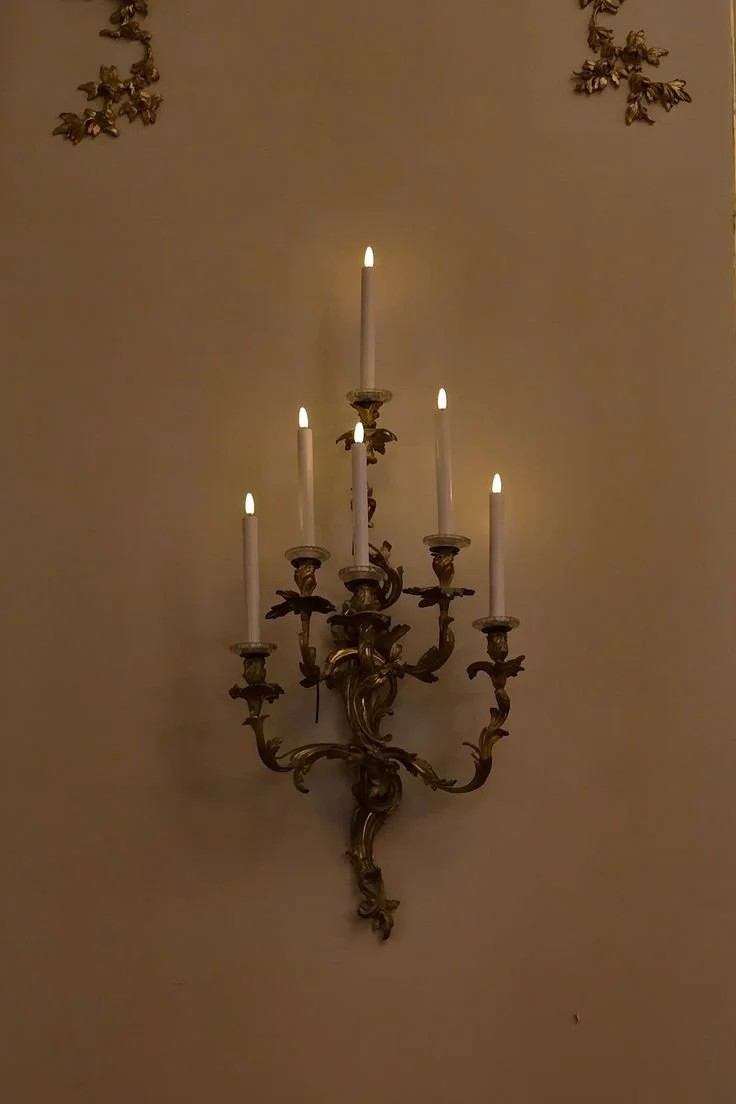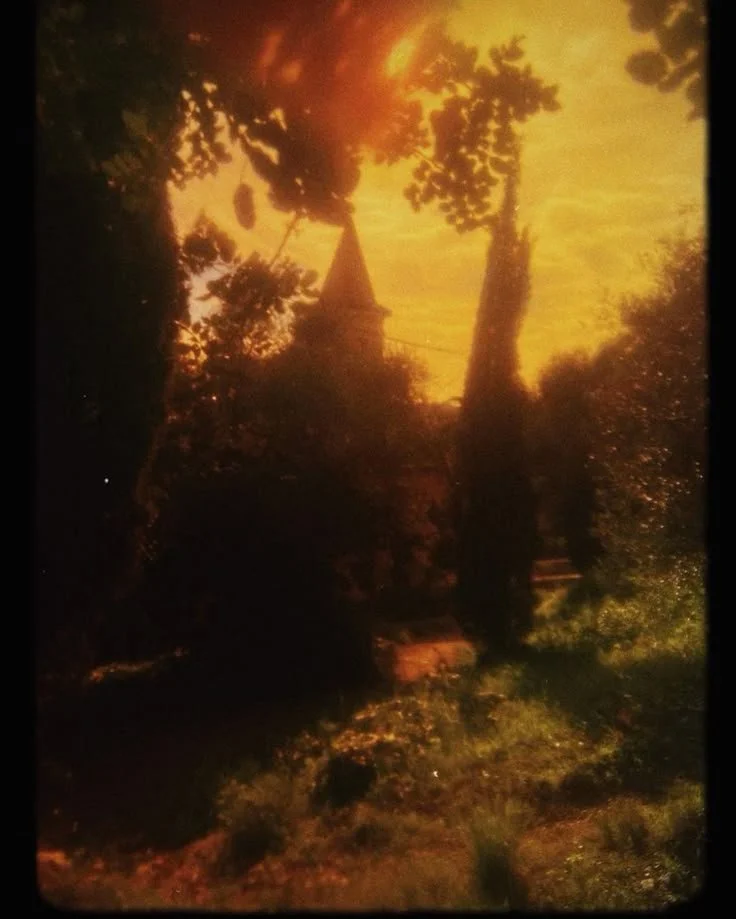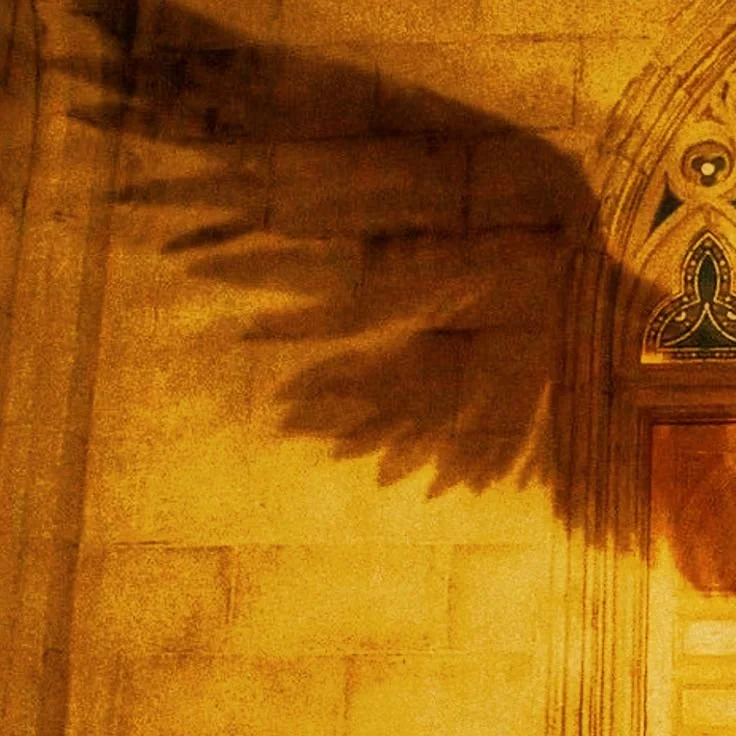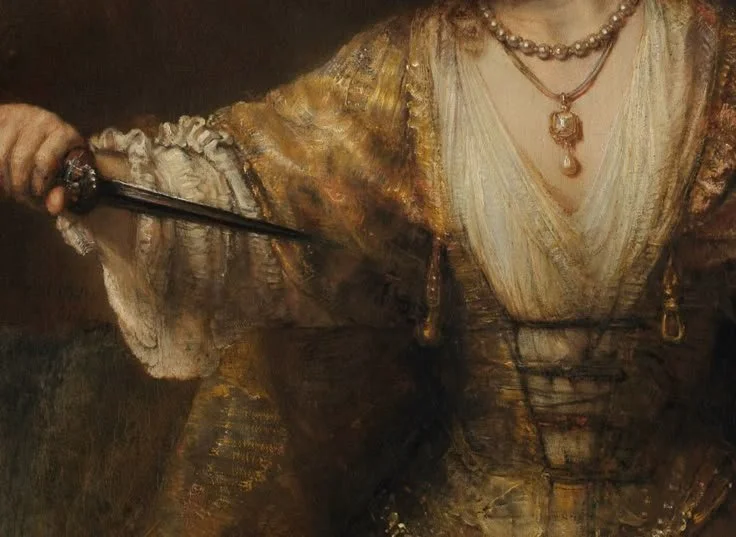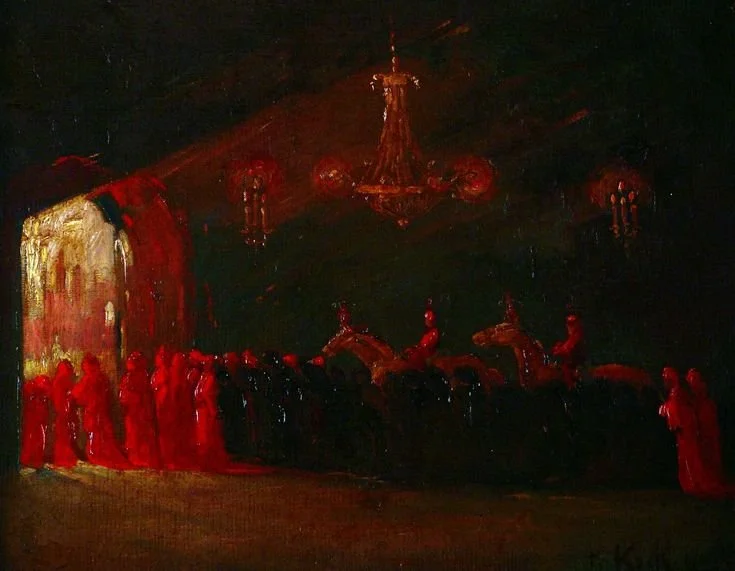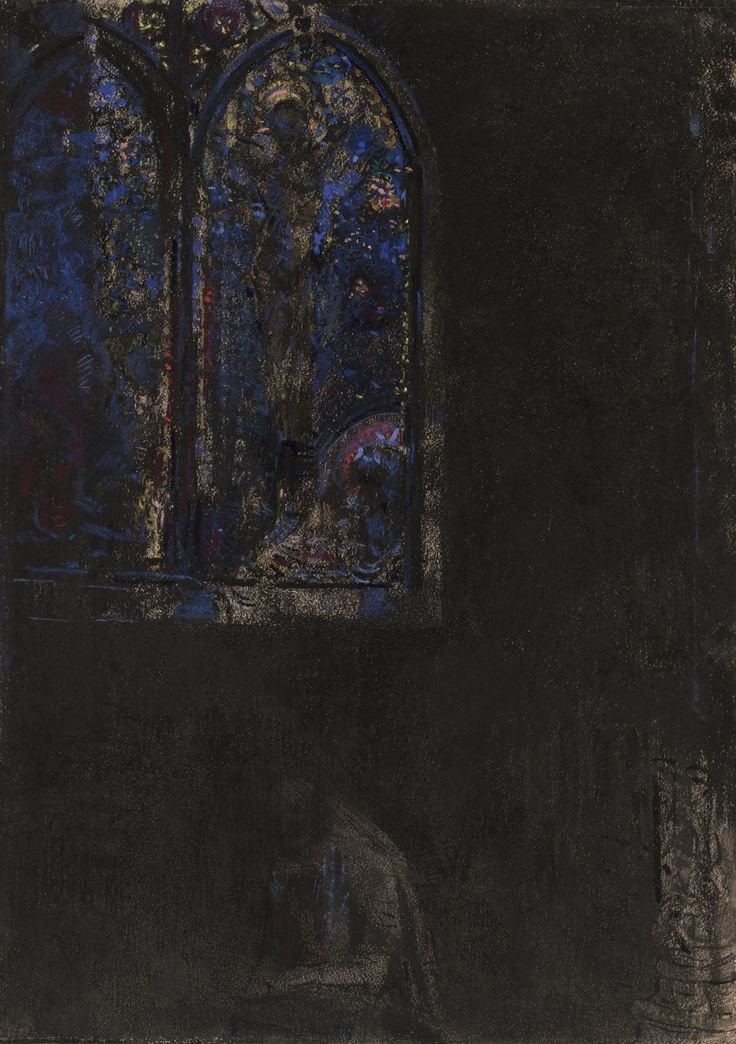"Perfection is not just about control. It is about letting go. Surprise yourself so you can surprise the audience. It is about transcendence."
Black Swan (2010)
BY LEZA CANTORAL
Darren Aronofsky’s Black Swan is a dark and lyrical exploration that delves into the psyche of its heroine: Nina Sayers (Natalie Portman). He creates a world that is a twisted Wonderland for his Alice. It is a reflection of her own fears and desires and what is real or hallucination is never clear.
This is a film about a journey. The journey from childhood to adulthood. The transformation from art object to art maker. The shift from passive observer to active participant in the script of one’s own life. Nina must decide if she wants her mother to be the author of her life or if she is ready to take responsibility for her own choices and her own pleasure and fulfillment—as a woman, as well as an artist.
Nina is a good girl. She is diligent, she is obedient, quiet and disciplined. She lives and breathes ballet. When she finds out that she has the part of the Swan Queen in Swan Lake, she is over the moon. There is only one problem: It is the tradition for this ballet to cast the lead as the Black Swan as well as the White Swan.
Nina has all the characteristics of Odette (the White Swan). As her director, Thomas, says, she is beautiful, fearful, and fragile. But he needs her to be fearless. "Perfection is not just about control. It is about letting go. Surprise yourself so you can surprise the audience. It is about transcendence," he tells her this before he pounces on her like a hungry wolf and she does surprise him. She bites back.
Method becomes madness as the role becomes more and more real for her. The line where Nina ends and Odile (the Black Swan) begins, as Nina rehearses day in and day out, becomes blurry.
Lily (Mila Kunis), her understudy, plays the dark double to Nina’s pale heroine. Lily brings out Nina’s wild side. The process of becoming the Black Swan is integral to Nina’s development, not only as a dancer but as a woman. It is her rite of passage.
If Little Red Riding Hood was about a girl becoming a werewolf, Black Swan would be the modern retelling. In fact, the first oral mutations of the tale were stories about werewolves and about little girls who learned to set boundaries and protect themselves without the aid of men. The story of The Grandmother which is one of the earliest recorded oral versions of the tale that came to be Little Red Riding Hood was in fact, a symbolic allegory of a young woman’s rite of passage into adulthood heralded by menstruation.
When Charles Perrault first adapted this story, he declawed Little Red Riding Hood. He also crowned her with her symbolic red hood signifying both lust and blood. In his version, she is no longer a clever girl who can outwit a lecherous and predatory wolf. She is foolish and naive. She is careless and she pays for her carelessness with her life and that is the end of her story in HIS story.
For Nina, it is the opposite. Her director is demanding that she grows the balls to face the wolf (himself) and that she dominates the wolf, because that is the only way to become a woman and by proxy, become the Black Swan.
Nina Sayers is experiencing the difficult process of individuation, which she must do under the watchful eye of her coddling, jealous, and controlling mother. Their relationship reaches a breaking point after Nina starts to assert herself and stand up to her mother following a night of drugs, dancing, and casual sex. As soon as Nina begins to set boundaries with her mother, her mother panics and thinks she has lost her little girl. Her mother screams, "What happened to my sweet girl?" and Nina yells back, "She’s gone."
Each woman in Nina’s life is a reflection through the glass darkly of what she might become if she lets her darkness and her fears deform her. Her mother lives vicariously through her and resents her for halting her own career with her birth. Beth Macintyre (Winona Ryder), the ex- superstar of the ballet troupe and ex-lover of the director, has become a bitter and drunken train wreck after receiving the news that she must step down and make way for younger dancers like Nina. Beth is an empty shell of a woman after years of being the star of the ballet and the lover of the director, Thomas.
"I’m not perfect. I’m nothing," Screams Beth as she stabs herself in the face with a nail file when Nina visits her in the hospital, where she is recovering from an unsuccessful suicide attempt.
Everywhere that Nina looks she sees herself: in the darkened glass of the subway, walking past herself in an alleyway and even making love to her own self. When Nina looks in the mirror she struggles to see herself through her own eyes. Ironically, it is not until she steps onto the stage, in front of an audience, that she is able to become completely un-self-conscious for the first time.
This is her shining moment. She shuts everyone out and she turns inward. She becomes a woman before everyone’s eyes. She is giving birth to herself. The process is frightening and beautiful, evocative, and poetic. It is the stuff of fairy tales and horror stories. It is the ordinary made extraordinary through art.
Becoming a woman is not simply a biological process, it is also a conscious choice. A real woman knows what she wants and she is not afraid to demand it because she knows she deserves mental, emotional, and spiritual fulfillment as well as physical. The process can be painful, frightening, and confusing, but if you make it out of the woods with your sanity, you’re well on your way to becoming the Swan Queen.
Leza Cantoral is the author of Planet Mermaid and editor of Walk Hand in Hand Into Extinction: Stories Inspired by True Detective. She writes a feminist column about noir film for Luna Luna Magazine called Shades of Noir and writes about pop culture for Clash Media. Her upcoming collection of short stories, Cartoons in the Suicide Forest, will be coming out later this year through Bizarro Pulp Press. You can find her short stories at lezacantoralblog.wordpress.com and tweet her at @lezacantoral.

